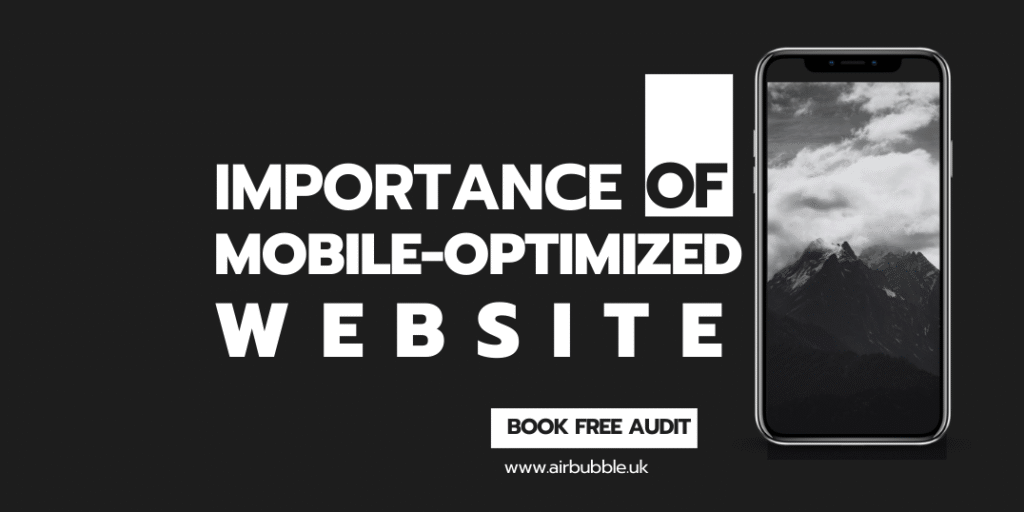More and more people are using mobile devices, such as smartphones and tablets, to surf the web. At this point in time, more people are using These days, people access the internet from many different devices like smartphones, tablets, laptops and even watches.
They might start browsing your website on their phone during their commute, then switch to a tablet or computer once they get to the office. This constant switching between devices is the new normal.
A mobile-optimised website is crucial because over half of web traffic comes from mobile devices, making it essential for user experience, search engine rankings, and business conversions.
What is a Mobile Optimised Website?
You need to understand the differences between a mobile friendly site and a mobile optimised site. A mobile friendly website accurately displays on smaller screens. It usually appears as a smaller version, although it may not always work perfectly on touchscreen tablets. It should, however, still be functional. Mobile friendly websites also have features such as text-based phone numbers or email addresses that can trigger direct calls or email messages via mobile devices or slideshows and image rotators that function without Flash support.
The Benefits of a Mobile Optimised Website
While a mobile friendly site helps ensure your site functions on mobile devices, mobile optimisation goes a step further. A mobile optimised site reformats itself for mobile devices. It not only makes sure to properly display on smaller screens, but also makes the site much easier to navigate. It reformats content, displays larger navigation buttons and optimises images according to screen size.
However, if your website isn’t designed to work seamlessly across phones, tablets and desktop computers, it will provide a poor experience for many of your potential customers. Tiny text, awkward formatting and menus that don’t work properly on certain devices will frustrate users and drive them away from your site.
This is where mobile-friendly, responsive web design comes in. With responsive design, your website automatically adapts and optimises its layout to provide the best possible experience for users – no matter what device they’re on. The text is readable, images are sized properly and navigation menus work flawlessly.
Having a responsive, mobile-friendly website is critical for several reasons:
- Improved user experience means visitors are more likely to stay on your site longer and take desired actions like making purchases.
- Better accessibility for users with different devices allows you to reach a wider potential customer base.
- Search engines like Google prioritise mobile-friendly sites, helping your business get found more easily online.
- It’s cost-effective compared to maintaining separate desktop and mobile sites.
- Future devices are supported, so you don’t have to redesign your site every few years.
Bottom line – as mobile usage continues growing rapidly, making sure your business website works seamlessly across all devices is not just best practice, it’s an absolute necessity for remaining relevant and not losing customers to your competition.
Achieving responsive, mobile-friendly design requires some technical skill by your web designer, however the investment pays off hugely in delivering a smooth, modern user experience that engages your customers and helps to grow your business. Don’t get left behind with an outdated, unresponsive website – contact us today!

